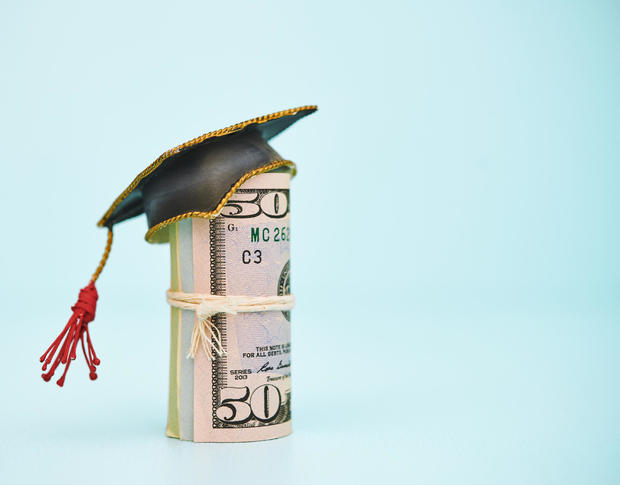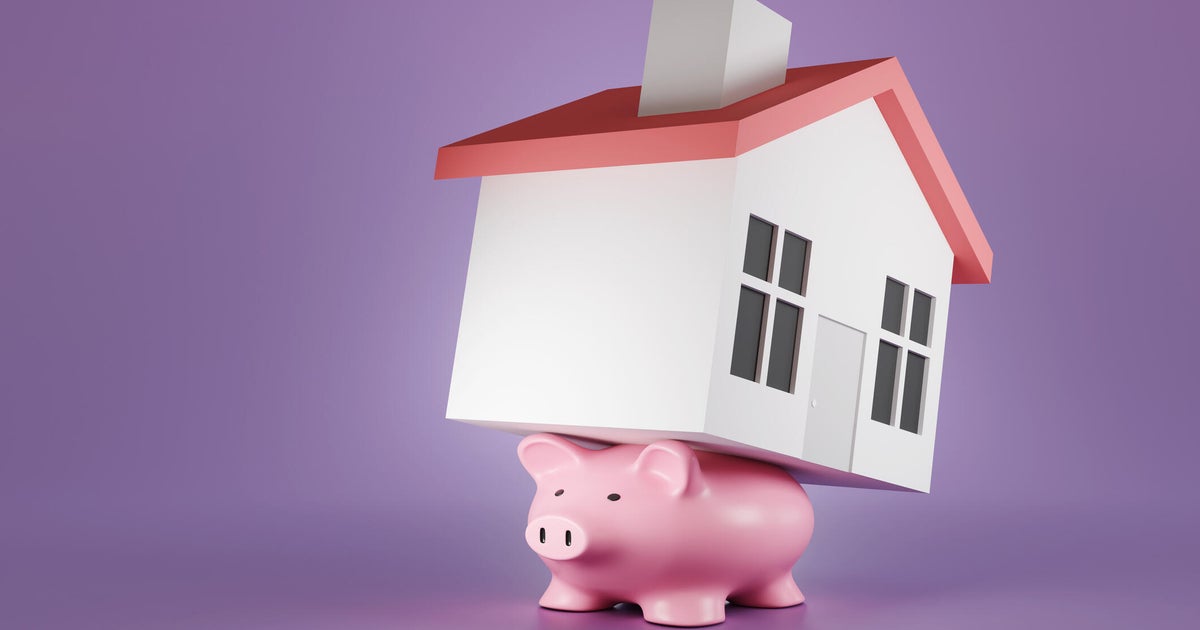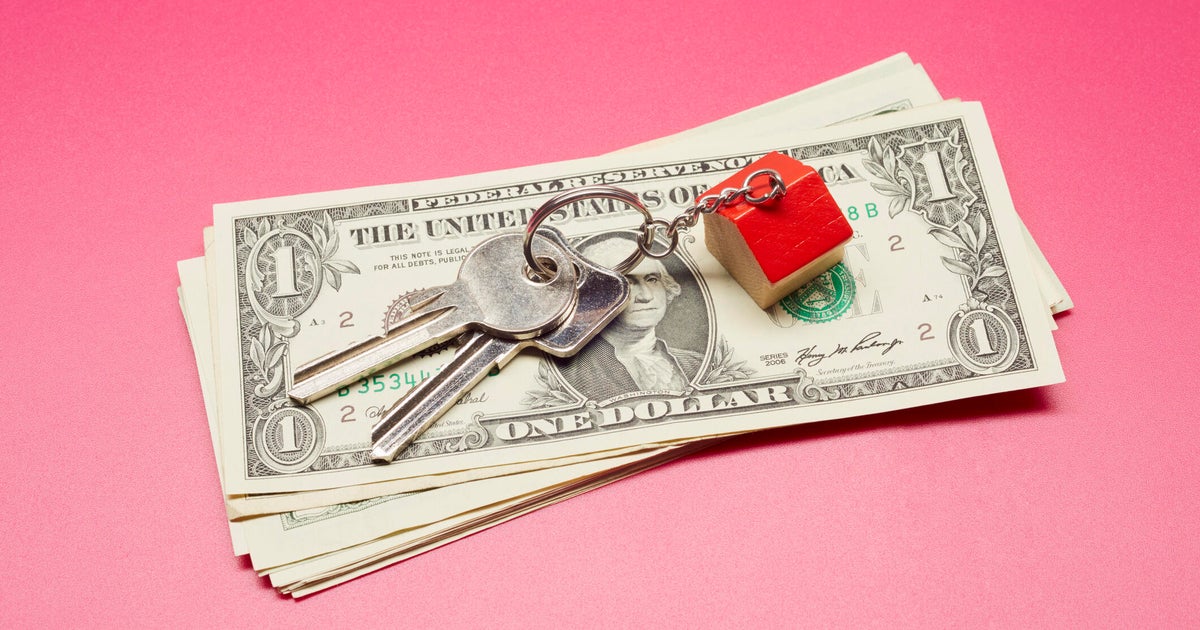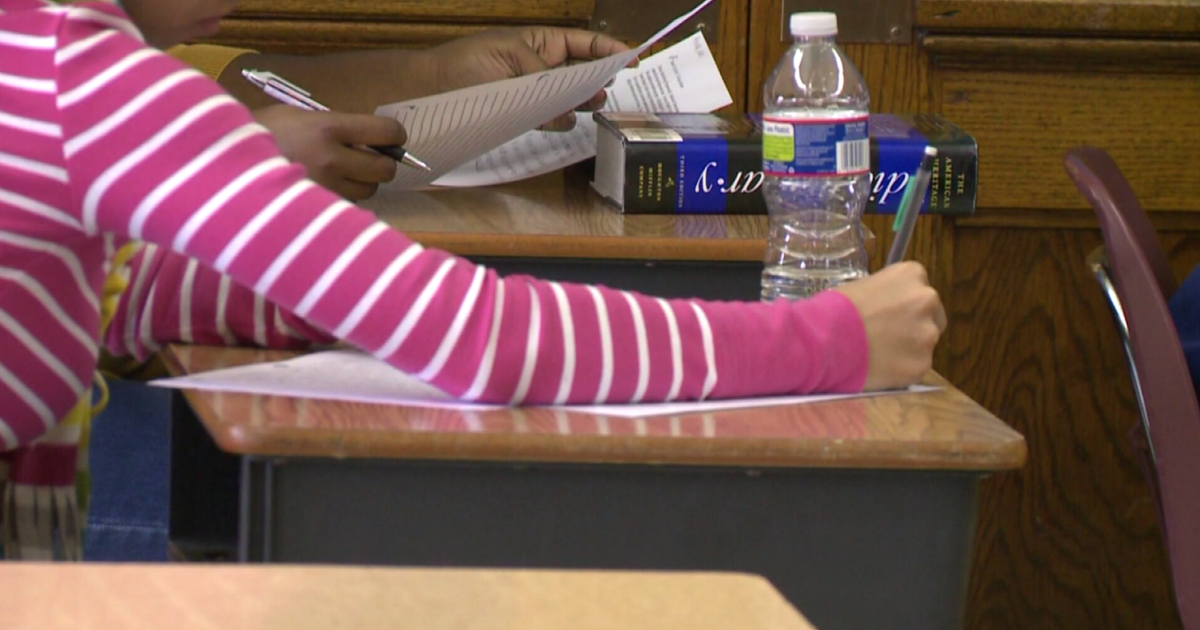Is a variable student loan rate worth it?
For many people, taking out student loans is a necessary part of getting the education they need to succeed in life. Whether it's for undergraduate studies or a specialized graduate degree, borrowing money to pay for education is a big decision – and there are options to consider (and multiple lenders to review). For instance, you'll have to decide whether or not to get a loan with a fixed rate or a variable rate.
A fixed-rate loan will charge the same interest rate for the whole time you are paying the loan back. A variable-rate loan, on the other hand, will see the interest rate change at set times based on the current rates offered by the lender.
Trying to figure out how to fund your education? Start comparing student loans today.
Is a variable student loan rate worth it?
There are a few questions you should ask yourself when deciding whether or not a variable student loan is a good idea for your situation. Here are some of the things to consider.
What do rates look like right now?
If the rate you are being offered is on the low side, getting a variable-rate loan doesn't make sense. The rate could very well end up going up, leaving you with more interest to pay. If the rate is higher than you'd like, though, a variable-rate loan could be a very good idea, as the rate might go down in the future, saving you money.
Right now, student loan rates – and all interest rates at commercial lenders – are higher than usual. This is because the Federal Reserve has raised the federal funds rate repeatedly over the past 18 months, all to fight inflation. While the federal funds rate does not directly impact the rate your student loan lender will offer you, interest rates for consumer lending products tend to go up and down at pace with the rates set by the Fed.
For this reason, a variable-rate loan could be a good idea right now. While the Fed has indicated it could raise interest rates again to continue the inflation fight, more than likely the rate will have gone down by the time you are paying off your loans after you finish your education.
Here's an example. At lender Sallie Mae, the current rates for a fixed-rate undergraduate loan are between 4.50% and 15.49%. For simplicity, let's use 10%. If you borrow $10,000 at a 10% fixed interest rate and a 10-year term, you'll end up paying $132.15 per month and a total of $5,858.09 in interest, according to Bankrate's student loan calculator.
Sallie Mae's variable-rate undergraduate options currently run between 6.37% and 16.70%. While we can't say exactly how much you'll pay if you take out a variable-rate loan — the rate could change many times, after all — let's do two calculations: one where your rate averages 8% and one where it averages 12%. With an average of 8%, you'd pay a total of $4,559.31 in interest. If the rate averaged 12%, on the other hand, your total interest payments would be $7,216.51. Choosing a variable-rate loan could save or cost you thousands of dollars — all depending on what happens with the broader interest rate market. And remember, the figures cited from Sallie Mae also include an auto debit discount and they're only available for qualified borrowers. So these figures may be higher or lower for you depending on your personal profile.
Start shopping for student loans online today.
Do you value consistency or thrift?
The big advantage of a fixed-rate student loan is that your monthly payments will always be the same. No matter what happens, you'll owe the same amount each month, so you can budget around that and make plans for the future.
With a variable-rate loan, on the other hand, your monthly payments will change on a set schedule – perhaps monthly or quarterly – based on the current rates offered by your lender. While this could save you money if rates go down, your monthly payments could change dramatically throughout your loan. This could make budgeting and planning difficult as you'll never know what you might owe from month to month.
Are you a risk taker?
Finally, it's important to keep in mind that variable-rate loans are risky. While you could certainly end up paying less, it's also possible that if rates go up you'll end up paying more than you would with a fixed rate. When deciding which type of loan to get, ask yourself whether you want to take a risk or make a safer – but possibly more expensive – choice.
The bottom line
When borrowing money to pay for education, the most important choice you make might be whether to get a fixed or variable rate. A fixed-rate loan is safe and predictable, while a variable-rate loan could save you money. There is a chance, though, that it will cost you more – and the changing monthly payments make budgeting and planning more difficult.






